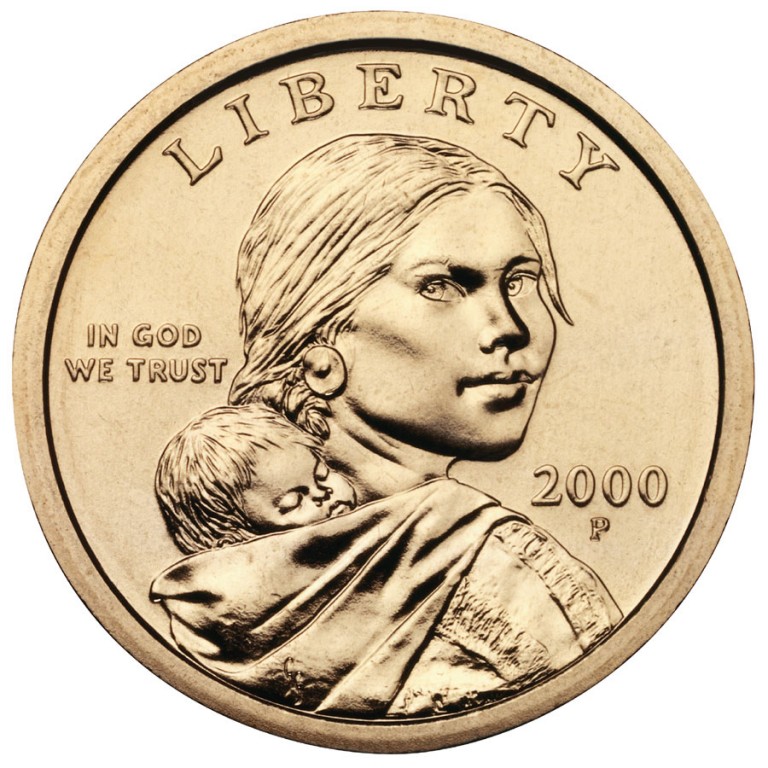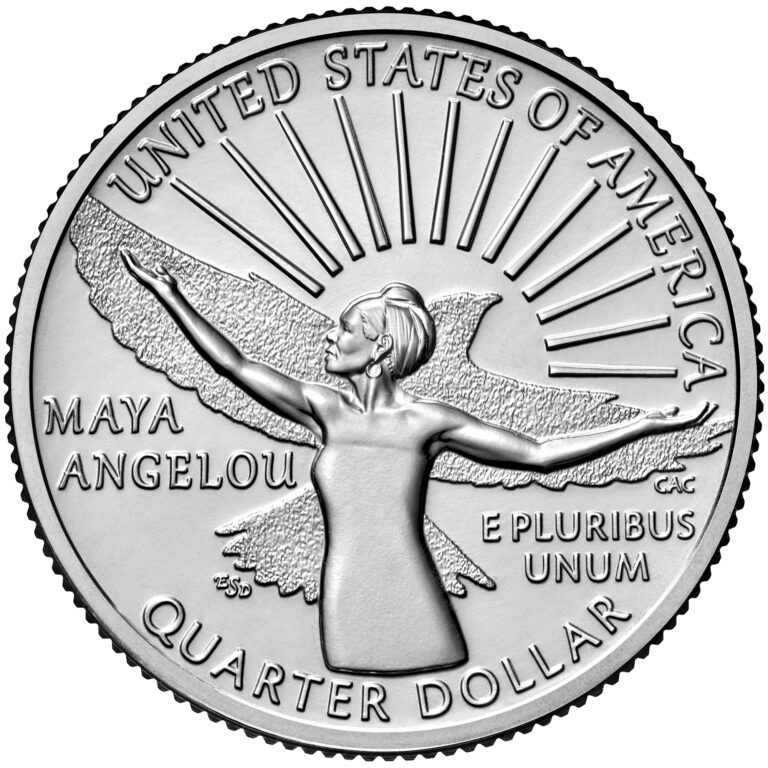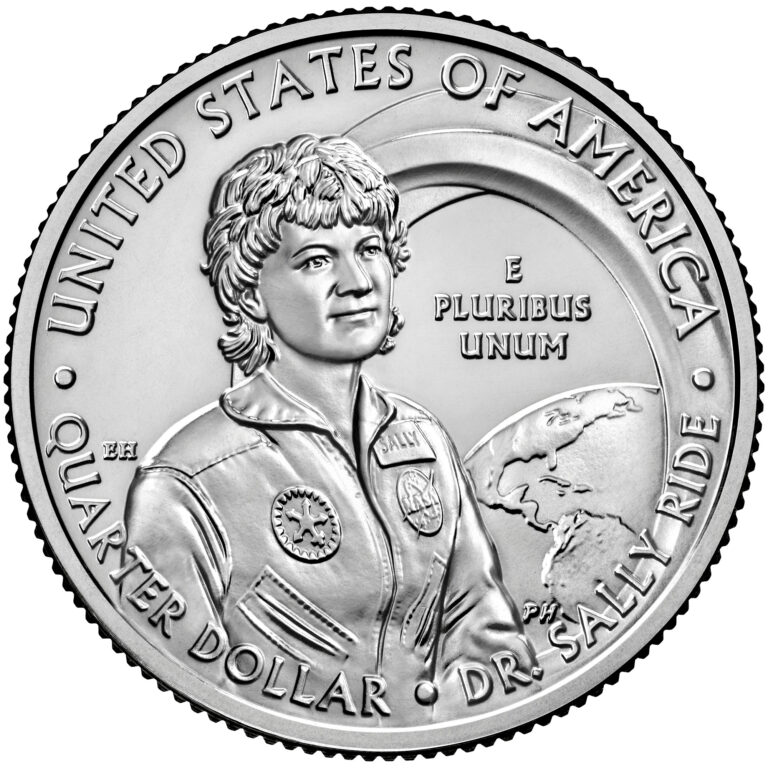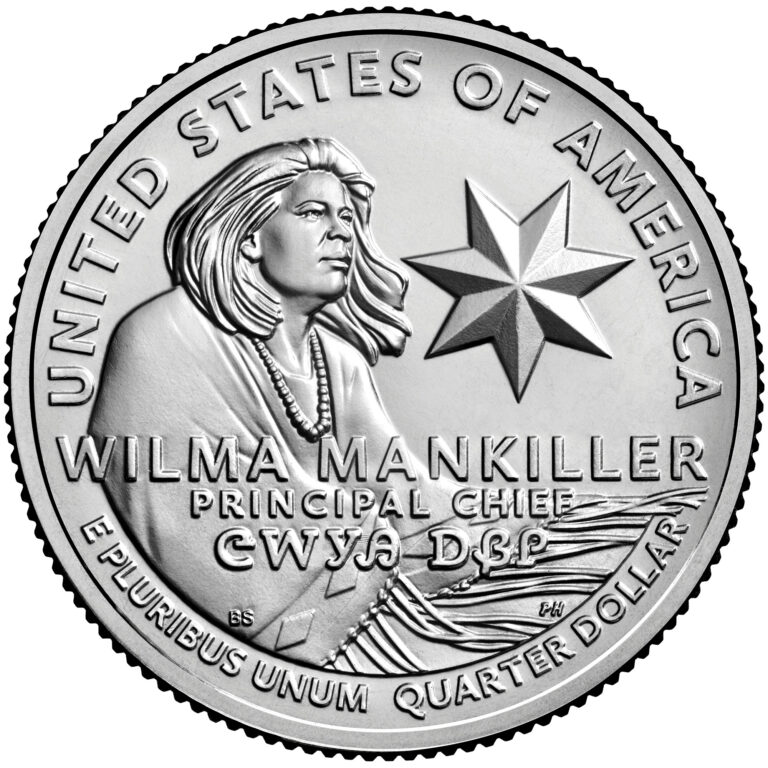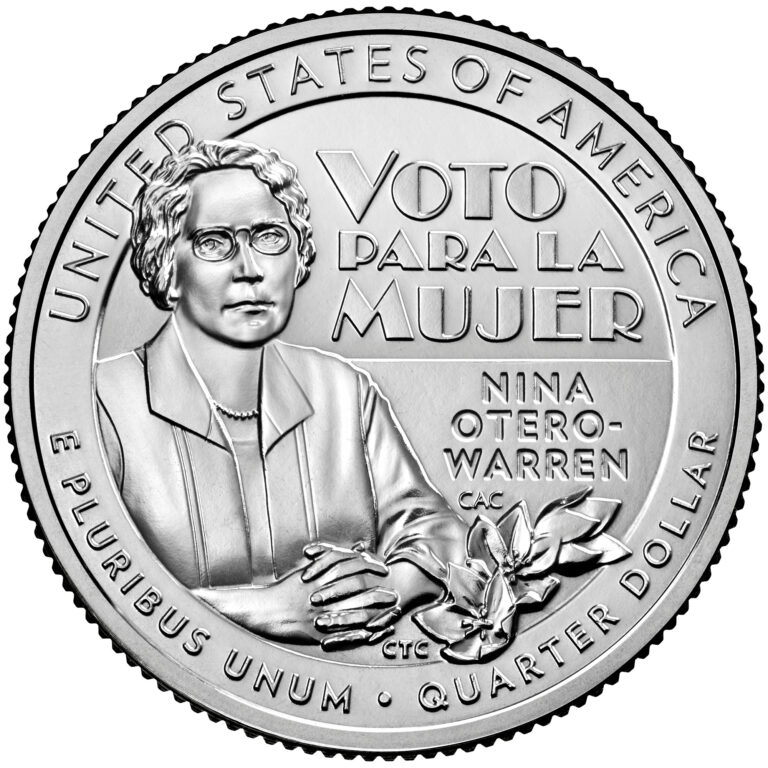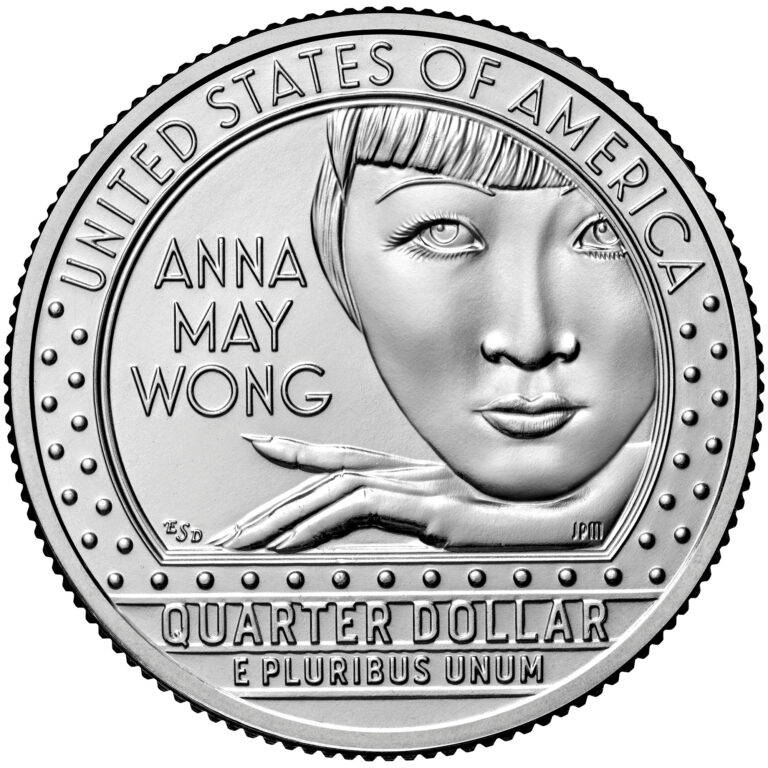By Stephanie Meredith
March 8, 2022
Watch this video to explore the history of women on U.S. coins.
In 1893, Queen Isabella of Spain became the first woman featured on a United States coin, the Queen Isabella Commemorative Quarter. It was almost 100 years later, in 1979, that the first U.S. circulating coin depicted a woman. Since then, there have been a limited number of other circulating coins celebrating women. Although coin designs should represent a country’s values and culture, women are historically under-represented on American coins. But this year, the American Women Quarters™ Program brings recognition to women and their contributions to this country.
Women on Circulating Coins
Although U.S. circulating coins from the 18th to early 20th centuries portrayed female likenesses, they all depicted the mythical figure of Liberty. When creating legislation for a national mint, Congress decided that coins should represent the concept of liberty on the obverse rather than a real person. In early America, symbols of liberty as a Greco-Roman goddess were prevalent. Because of those origins, early coin designs portrayed her with classically styled clothes, facial features, and symbols.
By the early 20th century, opinions about featuring real people on coins changed, and President Abraham Lincoln replaced the figure of Liberty on the penny in 1909. The other circulating coins changed throughout the first half of the 20th century to show different presidents. Legislation still required the obverse of coins to represent the concept of liberty, but instead of a mythical figure, the presidents became that depiction.
Almost 200 years after the Mint produced its first circulating coin, Susan B. Anthony appeared on the dollar. The Susan B. Anthony Dollar was the first circulating coin to depict a non-mythical woman. Her portrait replaced President Dwight D. Eisenhower on the obverse. The reverse continued to include an adaptation of Apollo 11’s insignia used on the Eisenhower Dollar. The Mint produced the Susan B. Anthony Dollar from 1979 to 1981 and again in 1999.
The Sacagawea Golden Dollar replaced the Susan B. Anthony Dollar. The obverse showed Sacagawea carrying her baby Jean Baptiste on her back. Her portrait is unlike the traditional side-facing image; she is in three-quarters profile and looks out at the viewer. The reverse featured a soaring eagle. The Mint made the Sacagawea Golden Dollar from 2000 to 2008, before it transitioned into the Native American $1 Coin Program in 2009.
Both the Susan B. Anthony and Sacagawea dollars are unique because their portraits appear on the obverse. They are the representations of liberty instead of a male president.
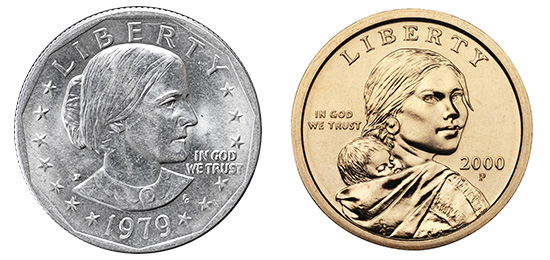
Circulating coin reverse designs follow different themes named in legislation, including as part of coin programs. Some of these coins show women as part of the design. The 2003 Alabama State Quarter featured Helen Keller. But even though her image was in the design, the quarter was part of the 50 State Quarters Program and honored Alabama, not Helen Keller herself.
American Women Quarters Program
The American Women Quarters Program is the first circulating coin program to exclusively honor women and their contributions to this country as the reverse theme. From 2022 through 2025, the Mint will release five designs each year recognizing a different American woman.
The women will be from ethnically, racially, and geographically diverse backgrounds and from a variety of fields. The program will celebrate familiar names such as author Maya Angelou and Dr. Sally Ride, the first American woman in space. It will also introduce Americans to under-recognized women such as Anna May Wong, the first Chinese American film star in Hollywood.
The obverse of the quarters will still depict George Washington, but in a new design sculpted by famous 20th century artist Laura Gardin Fraser. Her right-facing portrait of Washington was the recommended design for the 1932 quarter when the obverse changed from Liberty to Washington. The Treasury Secretary at the time ultimately selected the familiar left-facing portrait by John Flanagan, which the Mint used on the quarter for 90 years.
Watch for these quarters in circulation or buy American Women Quarters Program products in the Mint’s online catalog.
See more Inside the Mint articles.




